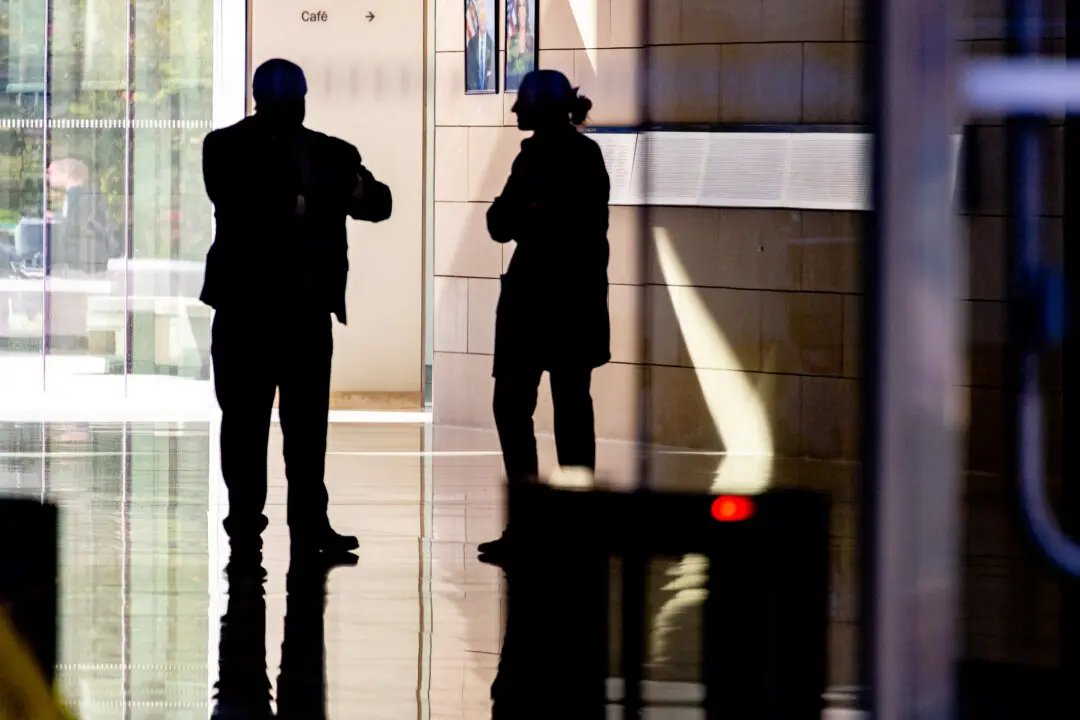LOS ANGELES—The Board of Supervisors held its first public hearing May 19 on Los Angeles County’s $36.2 billion recommended budget for fiscal year 2021-22—a plan that emphasizes spending to expand safety-net services, support economic recovery and address racial and other inequities.
County chief executive Fesia Davenport updated the board during a session that in other years has drawn hundreds of union members and advocates for a wide range of county programs and initiatives, all fighting to shape the budget and get their share, but this year was held virtually due to the coronavirus pandemic.





